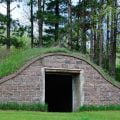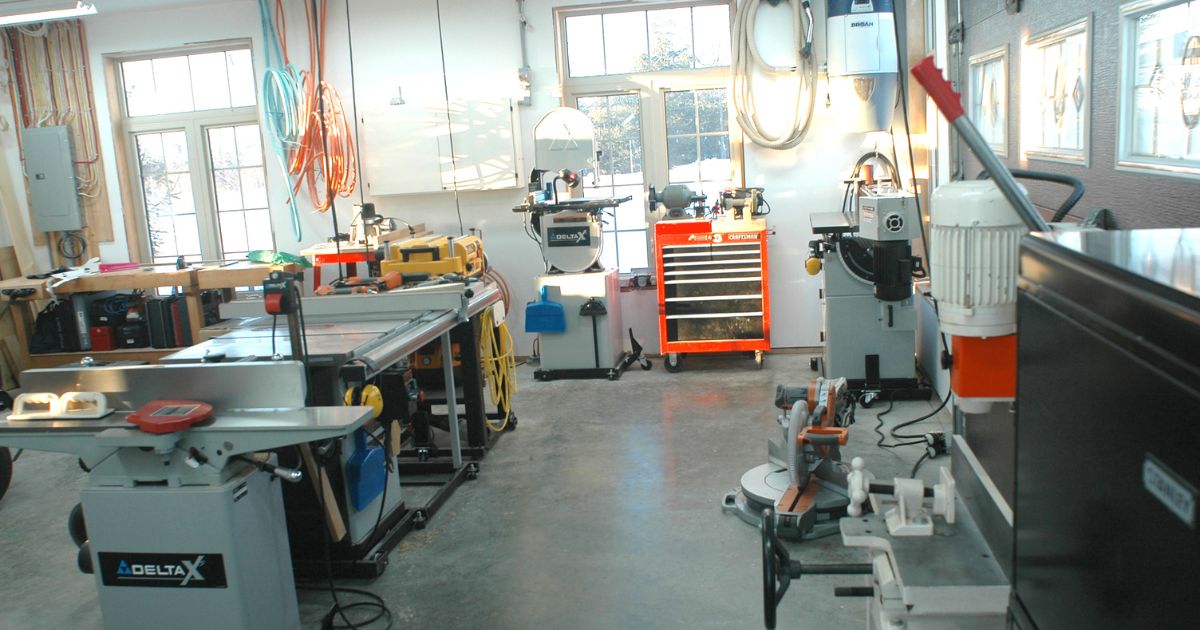When it comes to the look and feel of homes and cottages, the materials used to make exterior walls matter more than you might realize. Wood siding creates a certain look and feel. Cedar shingles are wood too, but lend a completely different character than horizontal boards. Vinyl or aluminium siding creates yet another impression. Bricks are different again, but brick is unique in at least one way. Brick can be both simple and plain, fancy and thrilling. It all depends on how it’s used. I’ve spent the last ten years studying the details behind brickwork that I find exciting, and I’ve worked these details into a plan for an upcoming brick project I have. Perhaps the five lessons I’ve discovered will help you bring a beautiful brick project to your own life at sometime, too.
Lesson 1: Look to traditional patterns
The most impressive brick buildings I see are almost always at least 75 years old. Where modern brickwork tends to be quite plain, older brickwork is more likely to use the three elements of colour, texture and pattern in ways that add a lot of enduring beauty. I created the brick plan you see here to use these three elements in a rural garage/studio project of my own. The idea is to conjure the old-time look and feel of brick buildings that used to be common, yet almost never get built today. This traditional styling might not be for everyone (no style is), but it offers lessons on how new brickwork can move beyond the ordinary.

Lesson 2: Mix light and dark brick
The first thing to notice is the way lighter bricks are used to define the edges of windows and doors. The alternating pattern of long and short bricks on vertical edges work together with the thick arches above openings. There are simpler ways to span openings than arches like these, but arches offer two advantages. Besides adding visual details, they span openings with no metal supports that can rust and fail. Arches are both beautiful and practical.
Lesson 3: Be random
My scale plan also shows how the red brick is actually a combination of two shades arranged in a random pattern. This detail is a throw-back to the days when bricks were made from natural clay dug from the ground and fired without much refinement. Natural variations in colour of the clay led to bricks with varied shades. While colour variations in brick began as an organic reality, it also happens to look great in many situations. This is one reason reclaimed brick remains popular and it’s also why brick manufacturers intentionally create different shades of new brick in a single type. If you’re looking for a traditional appearance, choose a brick style with varied shades. Single-colour brick creates a more modern flavour.
Lesson 4: Go with the band
Banding with different colours of brick is another design element that used to be common but is now largely forgotten. Of all the features of fancy brickwork, banding is the most powerful and noticeable. That’s why you should only use it as part of a definite plan. The design here was drawn around actual measurements for doors and windows, and actual sizes of brick and mortar joints.
Lesson 5: Consider your project a long-term investment that willl pay dividends down the road
Some people might argue that the more intricate look of traditional brickwork is just the style preference of yesteryear, but that notion misses the mark. The reality comes down to economics, at least in part. Once upon a time, the cost of labour to install brick was 1/3 of total job cost. These days labour costs 2/3 of the total cost. This shift pushes projects towards simpler, less sophisticated visual results, but this doesn’t seem wise to me. Since the extra cost of more skilful brickwork is spread out over many decades, it amounts to nothing significant at all over the long haul. As usual with so many things in life, looking beyond ourselves and our own timelines is part of making beautiful things happen.
Steve Maxwell gets excited about things as simple as bricks. Learn more about brickwork on his website.

Steve Maxwell and his wife Mary live on a 90-acre modern homestead on Manitoulin Island, Ontario in a stone house they built with local materials beginning in 1985. Steve is Canada’s longest-running home improvement and how-to columnist and editor of Home and Property. He divides his time working on the land, building things large and small, and creating articles and how-to videos that teach sustainable, self-reliant, hands-on living skills.











